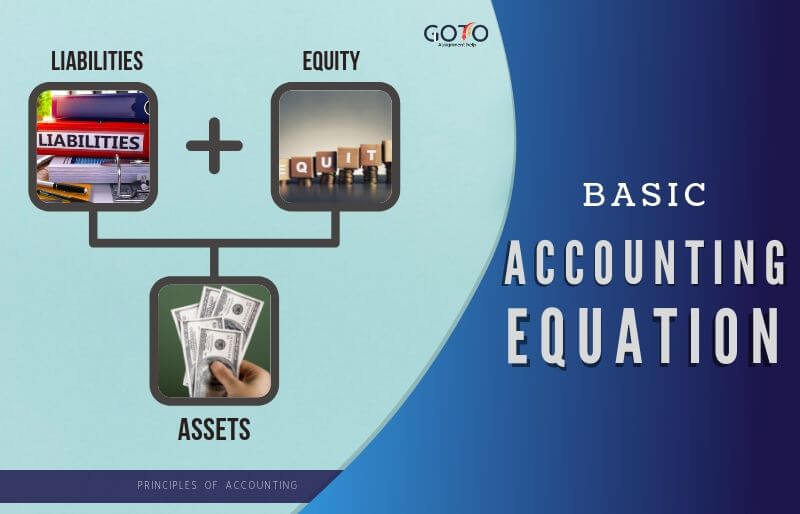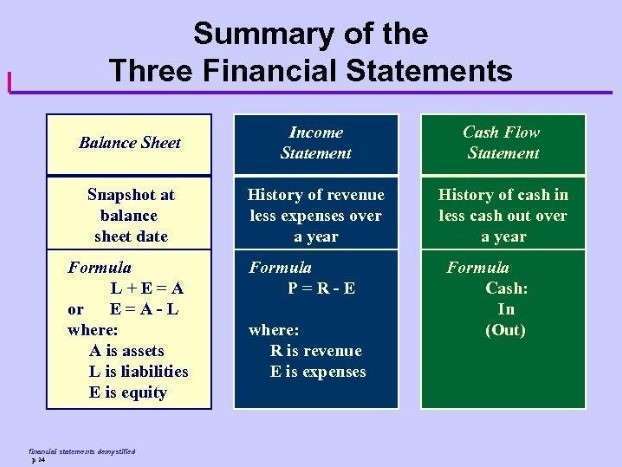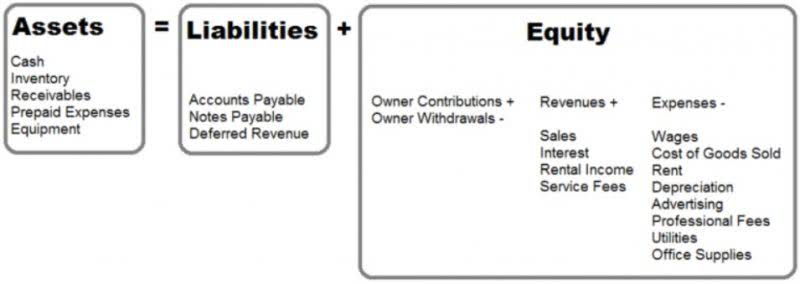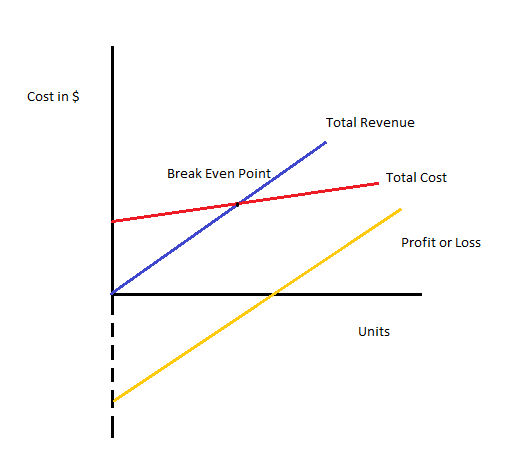
Owner’s or stockholders’ equity also reports the amounts invested into the company by the owners plus the cumulative net income of the company that has not been withdrawn or distributed to the owners. The Accounting Equation is a fundamental principle that states assets must equal the sum of liabilities and shareholders equity at all times. Owners can increase their ownership share by contributing money to the company or decrease equity by withdrawing company funds. Likewise, revenues increase equity while expenses decrease equity. The above accounting equation format provides the management and the stakeholders a clear snapshot of the asset, liability and equity position at a particular point of time.
Why You Can Trust Finance Strategists
Not only does the balance sheet reflect the basic accounting equation as implemented, but also the income statement. Accounting Equation is based on the double-entry bookkeeping system, which means that all assets should be equal to all liabilities in the book of accounts. All the entries made to the debit side of a balance sheet should have a corresponding credit entry on the balance sheet.
Single-entry vs. double-entry bookkeeping system
- The accounting equation matters because keeping track of each transaction’s corresponding entry on each side is essential for keeping records accurate.
- You can find a company’s assets, liabilities, and equity on key financial statements, such as balance sheets and income statements (also called profit and loss statements).
- These are some simple examples, but even the most complicated transactions can be recorded in a similar way.
- In fact, most businesses don’t rely on single-entry accounting because they need more than what single-entry can provide.
- In this example, we will see how this accounting equation will transform once we consider the effects of transactions from the first month of Laura’s business.
Transaction #3 results in an increase in one asset (Service Equipment) and a decrease in another asset (Cash). After the company formation, Speakers, Inc. needs to buy some equipment for installing speakers, so it purchases $20,000 of installation equipment from a manufacturer for cash. In this case, Speakers, Inc. uses its cash to buy another asset, so the asset account is decreased from the disbursement of cash and increased by the addition of installation equipment. Let’s take a look at the formation of a company to illustrate how the accounting equation works in a business situation.
What is the approximate value of your cash savings and other investments?
It is the key to ensuring that each transaction which reflects a debit will always have its corresponding entry on the credit side. Metro Courier, Inc., was organized as a corporation on January 1, the company issued shares (10,000 shares at $3 each) of common stock for $30,000 cash to Ron Chaney, his wife, and their son. The assets of the business will increase by $12,000 as a result of acquiring the van (asset) but will also decrease by an equal amount due to the payment of cash (asset). We will now consider an example with various transactions within a business to see how each has a dual aspect and to demonstrate the cumulative effect on the accounting equation. This is how the accounting equation of Laura’s business looks like after incorporating the effects of all transactions at the end of month 1. In this example, we will see how this accounting equation will transform once we consider the effects of transactions from the first month of Laura’s business.
Fact Checked
Our goal is to deliver the most understandable and comprehensive explanations of financial topics using simple writing complemented by helpful graphics and animation videos. The articles and research support materials available on this site are educational and are not intended to be investment or tax advice. All such information is provided solely for convenience purposes only and all users thereof should be guided accordingly. For information pertaining to the registration status of 11 Financial, please contact the state securities regulators for those states in which 11 Financial maintains a registration filing. However, this scenario is extremely rare because every transaction always has a corresponding entry on each side of the equation.

Accounting equation describes that the total value of assets of a business entity is always equal to its liabilities plus owner’s equity. This equation is the foundation of modern double entry system of accounting being used by small proprietors to large multinational corporations. Other names used for this equation controllable costs and uncontrollable costs are balance sheet equation and fundamental or basic accounting equation. The balance sheet is also known as the statement of financial position and it reflects the accounting equation. The balance sheet reports a company’s assets, liabilities, and owner’s (or stockholders’) equity at a specific point in time.
Before taking this lesson, be sure to be familiar with the accounting elements. Shaun Conrad is a Certified Public Accountant and CPA exam expert with a passion for teaching. After almost a decade of experience in public accounting, he created MyAccountingCourse.com to help people learn accounting & finance, pass the CPA exam, and start their career. Debt is a liability, whether it is a long-term loan or a bill that is due to be paid. Take self-paced courses to master the fundamentals of finance and connect with like-minded individuals.
It specifically highlights the amount of ownership that the business owner(s) has. And we find that the numbers balance, meaning Apple accurately reported its transactions and its double-entry system is working. Drawings are amounts taken out of the business by the business owner. To learn more about the income statement, see Income Statement Outline. Parts 2 – 6 illustrate transactions involving a sole proprietorship.Parts 7 – 10 illustrate almost identical transactions as they would take place in a corporation.Click here to skip to Part 7.
In other words, all assets initially come from liabilities and owners’ contributions. Get instant access to video lessons taught by experienced investment bankers. Learn financial statement modeling, DCF, M&A, LBO, Comps and Excel shortcuts. Simply put, the rationale is that the assets belonging to a company must have been funded somehow, i.e. the money used to purchase the assets did not just appear out of thin air to state the obvious. An asset is a resource that is owned or controlled by the company to be used for future benefits. Some assets are tangible like cash while others are theoretical or intangible like goodwill or copyrights.













